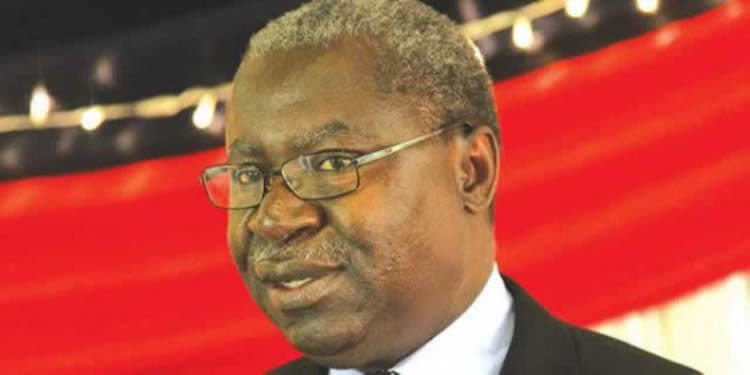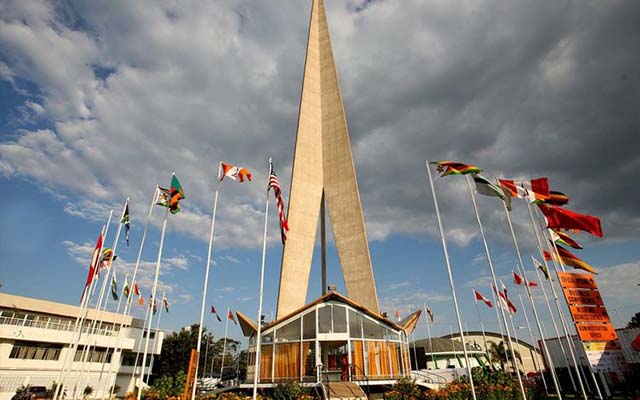Zim to adopt Sadc power strategy

Zimbabwe will switch to cost-plus pricing in respect of electricity tariffs in 2016 as part of the broader Sadc strategy to improve member states’ electricity generation capacity, an official has said. Cost-plus pricing – which is most common for utilities – is a pricing strategy in which the selling price is determined by adding a percentage mark-up to a product’s unit cost.
In this respect, observers says it is more facilitative of energy infrastructure rehabilitation and development as compared to the Rate of Return price determination model currently used by the Zimbabwe Electricity Supply Authority (Zesa).
Permanent secretary in the Ministry of Energy and Power Development Mr Partson Mbiriri said the move to a cost-plus pricing model will expedite the rehabilitation of the country’s critical infrastructure.
“Our tariffs were last reviewed in 2011, they have remained static deliberately and consciously .
Our cost of producing and availing electricity is somewhere in the range of 14 cents per Kilowatt hour; at the moment our average tariff is 9,86c per kWh.
“We largely ascribe the difference between the 9,86c per kWh and 14c per kWh to existing operational inefficiencies largely because for a long time during the hyper-inflationary period we were unable to maintain our systems, but now we are improving our maintenance, but they still remain somewhat inefficient.
When that issue is addressed certainly we must talk as a nation . . . Sadc is already committed to a tariff that is cost-plus.
The conversion to a cost-plus pricing model will likely see Zimbabwe’s energy tariff nearly doubling from the current 9,86c per kWh, if early indications are anything to go by.
But Mr Mbiriri maintains that the development could be more beneficial than harmful to local electricity consumers, especially if Zesa manages to get an A-rating, which will allow it to access affordable loans for further infrastructure growth.
”And the target for Sadc is 2016 so every country in Sadc is moving towards a cost-plus electricity tariff.
“The only country that has currently done it is Namibia. At the moment the Namibia tariff is around 17c per kWh because Nampower is an A-rated utility.
“On the basis of being A-rated Nampower, which is much smaller than us, is able to negotiate for affordable loans,” he said.
“We should not be simplistic on the tariff issue . . . we need to review the tariff issue in respect of what it costs to avail the service.”
Although cost-plus pricing is not common in markets that are perfectly competitive (or something close to that), it is believed to be a popular strategy for businesses in need of short-term finance.
And short-term finance is exactly what the majority of countries in the Southern African Power Pool (SAPP) require as demand for energy in the region has been increasing at an average rate of 3 percent annually.
Over the last decade or so, demand for power in the SAPP region has increased by over 32 percent – equal to 13 000 megawatts (MW) – but without corresponding investments in generation and transmission infrastructure resulting in supply deficits in the region.
Mr Mbiriri said because of the regional power deficit, Zimbabwe is presently constrained on what energy it can import on a daily basis.
“The rest of the region is short of power. Sadc at this point in time is short of 8 000MW and that is a suppressed figure . . . and if we try and look at what the actual figure could be, we could be talking of more or less double that figure. So there is very little scope for importing and on a regular day we are assured of imports in the order of 50MW from Cahora Bassa, elsewhere it’s very difficult to import because they are equally short of power,” he said. – BH24










Comments